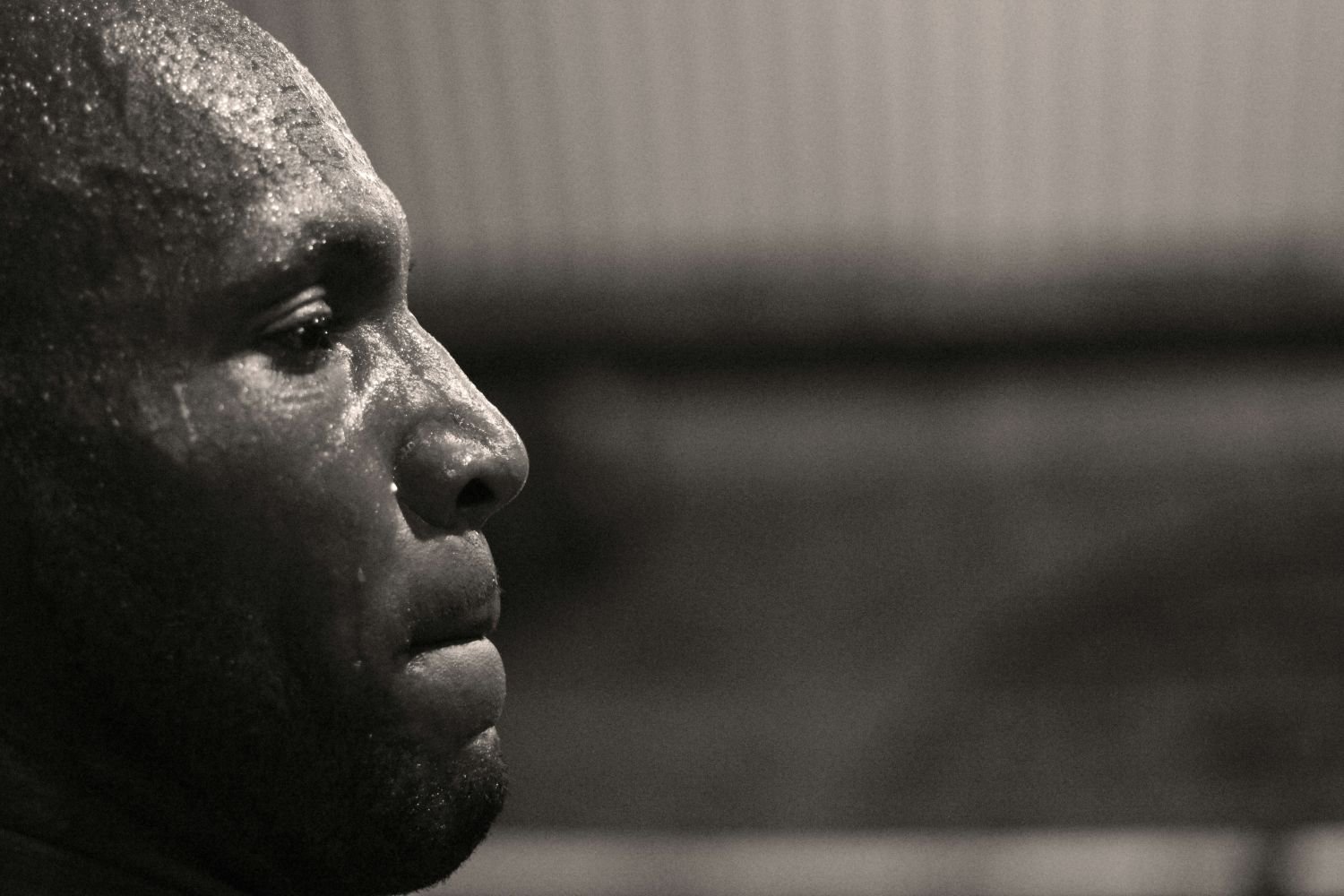How to Build Mental Toughness (the right way)
Whether it be in sports, the workplace, or life in general, mental toughness is a key characteristic for overcoming challenges, pushing through adversity, and achieving success. Although it is often discussed, mental toughness is rarely taught or explained. Unfortunately, the concept of mental toughness has been viewed by many as a fixed personality trait or something someone naturally possesses. However, mental toughness is a skill that can be developed through intentional practice, self-awareness, and consistent effort.
First, let’s dispel the myth that mental toughness is simply about "pushing through" and ignoring emotional or cognitive struggles. This "old school" way of viewing mental toughness is unhelpful and vastly ineffective. Moreover, this method of dealing with difficult situations, thoughts, or feelings reinforces ineffective and inappropriate responses. For instance, an athlete told to simply "push through" while in a slump will likely internalize frustration, suppress strong emotions, and double down on counterproductive habits—such as overtraining or negative self-talk.
True mental toughness is understanding our thoughts and emotions in challenging situations and choosing to respond intentionally and effectively. For instance, in the athlete example above, rather than simply pushing through, true mental toughness would involve recognizing the frustration and negative emotions, acknowledging their impact, and responding accordingly. The athlete might choose to adjust training methods, seek technical advice from coaches, work on mental skills (like mental imagery or positive self-talk), or seek support from a sports psychologist.
Now that we’ve clarified what mental toughness truly is, let’s explore how to develop it through intentional practice. Here’s a practical approach to building mental toughness:
Step 1: Identify situations that cause distress or create destructive responses
Example A: “Shutting down after being criticized by a coach.”
Example B: “Giving up after making a mistake.”
Step 2: Identify the thoughts or perspectives you hold about these situations
Example A: “I must not be a very good player.”
Example B: “If I make even one mistake, I lose all credibility.”
Step 3: Reframe the destructive thoughts or perspectives
Example A: “The coach is trying to help me improve, and I can use this feedback to grow.”
Example B: “Mistakes are opportunities to learn, and I can bounce back stronger.”
Step 4: List appropriate, effective ways to respond to these situations
Example A: Pause, take a deep breath, ask for clarification, and apply the feedback.
Example B: Acknowledge the mistake, understand what went wrong, and adapt your approach.
Step 5: Use Mental Imagery
Visualize yourself facing the distressing situation, reframing your thoughts, and responding effectively. This helps create a mental blueprint for handling the situation with confidence and resilience. For example, an athlete might visualize themselves staying calm after a mistake, refocusing, and performing well in the next play.
Ultimately, mental toughness is something we should all aim to enhance. Through real mental toughness, we are able to navigate challenges with awareness, understanding, resilience, focus, and intentionality. Whether you’re an athlete overcoming a slump, a professional navigating workplace challenges, or simply someone striving to grow, developing mental toughness can transform the way you face adversity. While it requires consistent effort, the rewards are well worth it.
If you’re ready to take the next step and enhance your mental toughness, feel free to reach out—I’d love to help you on your journey.


